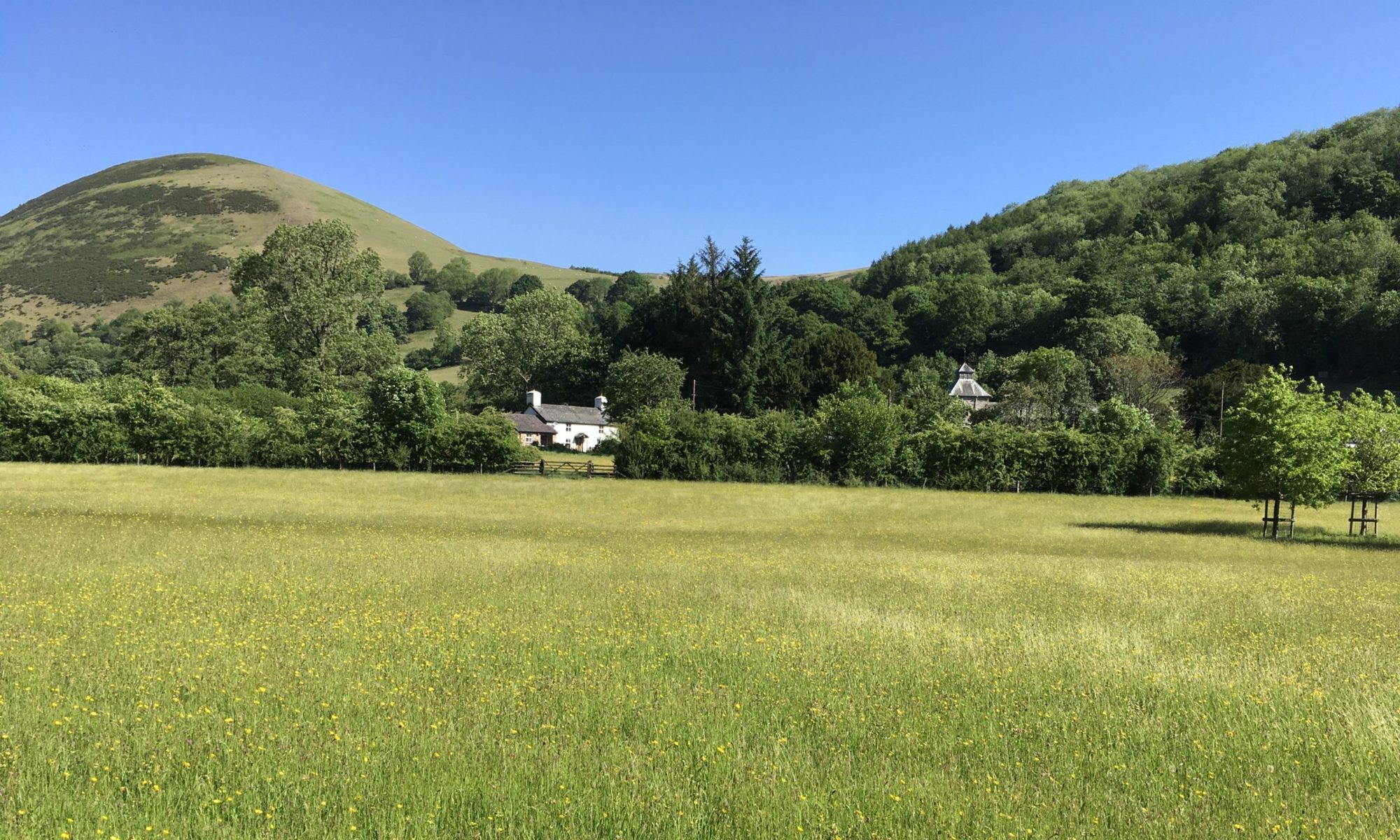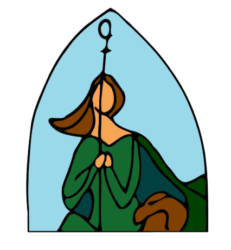’Michael and his angels fought against the dragon. The dragon and his angels fought back, but they were defeated.’ Revelation 12: 7, 8.
‘Back into storyland giants have fled, And the knights are no more and the dragons are dead.’ From ‘When a knight won his spurs in the stories of old,’ the children’s hymn.
Monday marks the feast day of Michael and All Angels. He is one of the three angels named in the Bible, the others being Gabriel and Raphael, and is described as the protector of Israel and leader of the armies of God. Michael is also trusted to protect Christians from the devil, especially at their death – hence the spiritual Michael, row the boat ashore, which was often sung by slaves to keep their hopes up and anticipate their safe transition to heaven. His name means ‘who is like God?’ and perhaps his most famous image is at Coventry Cathedral in Jacob Epstein’s 1958 sculpture St Michael’s Victory over the Devil where he is shown slaying the dragon in the Book of Revelation. There were apparently some initial objections to Epstein undertaking this on the grounds that he was a Jew, until the architect Basil Spence reminded them that so was Jesus Christ. Clearly, the dragons of prejudice and racism also needed slaying then, as well as today!
A red dragon, Y Ddraig Goch, is at the heart of the Welsh flag, a symbol that dates back to Roman times when the standard bearer of a cohort was called the draconarius and carried a golden staff with a dragon at the top. Celtic leaders were originally called dragons and ancient stories in the Mabinogion and elsewhere tell of a red and white dragon fighting each other underneath a fort at Dinas Emrys. The white dragon was defeated and the red dragon was then adopted by Welsh kings following the Roman withdrawal from Britain with leaders such as Owain Glyndŵr using the symbol of a golden dragon on a white background for his banner when he lead the rebellion against Henry IV. When Henry Tudor used a red dragon on the traditional colours of white and green to highlight his Welsh origins, and presented this at St Paul’s Cathedral after his defeat of Richard III at Bosworth in 1485, the dragon became established as the symbol of Wales. From then on, it was always depicted facing left when carried to appear to be advancing, rather than to the right implying retreat, although it wasn’t until 1959 that Elizabeth II decreed that it should be flown on public buildings throughout Wales rather than the Union Flag.
Today, this ancient emblem still represents the need for courage and strength – in life and not just on the battlefield. At a time when national flags are being flown on lampposts in some areas as symbols of exclusivity and division, there is still the need to ‘Let faith be my shield and let joy be my steed ‘Gainst the dragons of anger, the ogres of greed’ as the children’s hymn suggests. Modern dragons still come in many forms, representing evil or instilling fear and the temptation to give up. So, take heart from Archangel Michael who was not alone but had angels to support him – as did the devil in the Book of Revelation. In this complexity, the need to unite to battle wrongdoing, fear and prejudice still continues, and the Michaelmas daisies which bear Michael’s name at this time of year are reminders that love, hope and perseverance will eventually prove victorious now, as then.
With my prayers; pob bendith, Christine, Priest Guardian.

